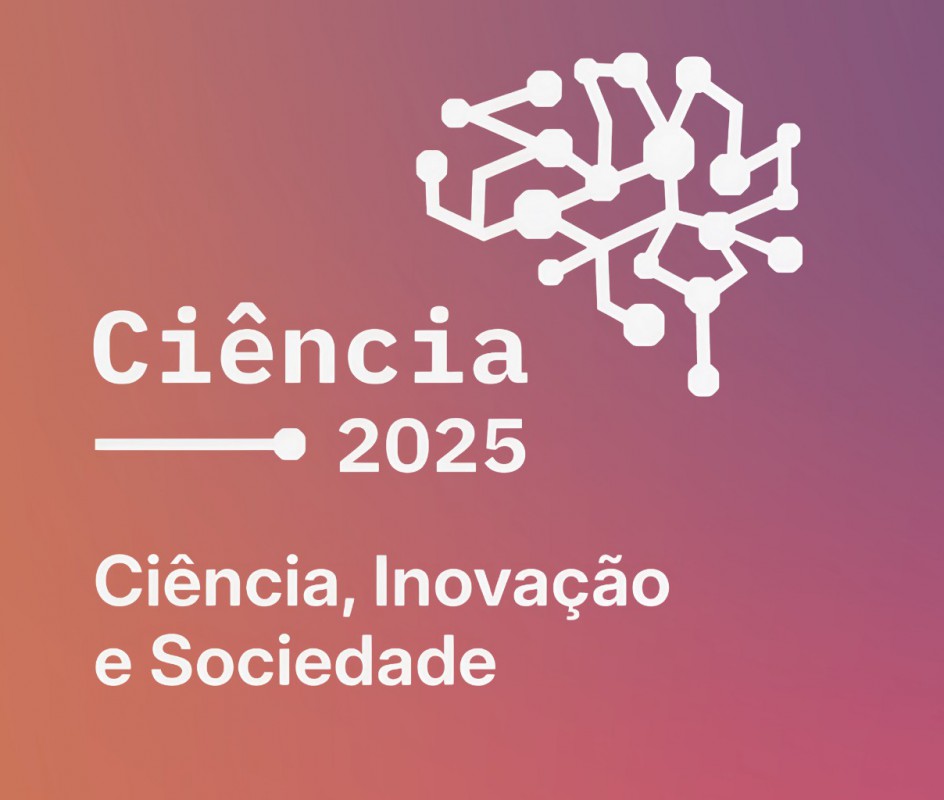
A team from CICECO, University of Aveiro has co-developed luminescent molecular structures to measure temperature remotely. The paper was recently published in the prestigious Journal of the American Chemical Society (JACS).
Published online on September 29th in the very prestigious Journal of the American Chemical Society (JACS), the article counts with the participation of a team from the University of Aveiro led by Luís Carlos, professor at the Department of Physics (DFis) of UAveiro and integrating researchers Albano Neto and Miguel Hernández-Rodríguez, from DFís (group Phantom-G) and CICECO-Aveiro Institute of Materials, and involves a collaboration with the groups of Vince Pecoraro, professor at the University of Michigan (USA) and Stephane Petoud, professor at Center for Molecular Biophysics, CNRS - Orleans (France).
In the paper titled "Tunable Optical Molecular Thermometers Based on Metallacrowns", a series of molecular materials were characterized whose luminescence varies strongly with temperature between -262 °C and 130 °C. The main emission "color" characteristics of these materials, labeled as Ln2L8, are determined by the type of lanthanide ion, Ln = Sm3+ (samarium) or Ln = Tb3+ (terbium), used in their composition (L = organic ligands, see Image). This series contains eight compounds with each of Sm3+ or Tb3+ ions (prepared in University of Michigan) which, when mixed in a 1:1 ratio (e.g., Sm2L8:Tb2L8) and irradiated with ultraviolet light, emit light (luminescence) with a mixture of colors.
Interestingly, one of these mixtures (Sm2moshi8:Tb2moshi8) caught the attention of UAveiro researchers because it exhibited luminescent properties quite distinct from the others. Besides the detailed characterization of the emission properties, the UAveiro researchers were able to predict the emission behavior of this compound with temperature, which is "one of the first examples in the literature where computer simulations based on concepts of quantum physics (such as Fermi's golden rule) allow the prediction of the behavior of the emitted light as a function of temperature", says Albano Neto. As the temperature increases, the red color, characteristic of the Sm3+ ion emission, prevails over the green color, typical of the Tb3+ ion.
Moreover, "the theoretical procedure developed in this article opens perspectives to the use of this methodology, together with artificial intelligence tools, such as for Machine Learning for example, for the modeling of more efficient luminescent thermometers," Albano Neto also highlights.
Luminescence thermometry is a scientific area that has seen exponential growth demonstrating significant advances in thermal imaging, diagnosis and photothermal therapy, among other areas. "This interest has been encouraged mainly because many of the current technological demands in areas such as micro and nanoelectronics, photonics, micro and nanofluidics and nanomedicine require temperature measurements with a spatial resolution at the submicrometer scale, where conventional contact thermometers (liquid and bimetallic thermometers, thermocouples, pyrometers and thermometers) are ineffective," stresses Luís Carlos. This limitation of conventional thermometers for small-scale systems has driven the development of luminescent micro- and nanothermometers, "a research topic that is living its inflationary era, accounting today for more than 8% of all publications on luminescence or luminescent materials," emphasizes Luís Carlos.
This is the 41st article published in JACS in UAveiro history.
Additional information about the article:
Elvin V. Salerno, Albano N. Carneiro Neto, Svetlana V. Eliseeva, Miguel A. Hernández-Rodríguez, Jacob C. Lutter, Timothée Lathion, Jeff W. Kampf, Stéphane Petoud, Luis D. Carlos, and Vincent L. Pecoraro, “Tunable Optical Molecular Thermometers Based on Metallacrowns”, https://pubs.acs.org/doi/10.1021/jacs.2c04821 (free access for UAveiro members).
Related Articles
We use cookies for marketing activities and to offer you a better experience. By clicking “Accept Cookies” you agree with our cookie policy. Read about how we use cookies by clicking "Privacy and Cookie Policy".













